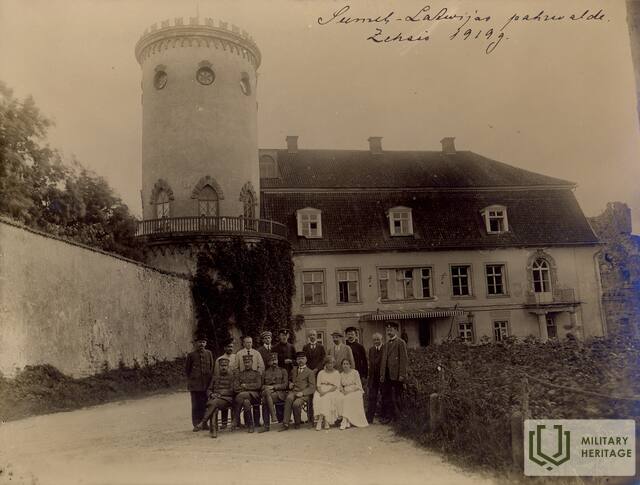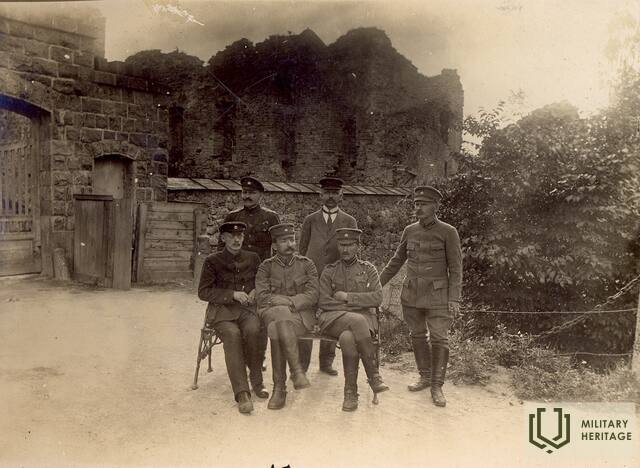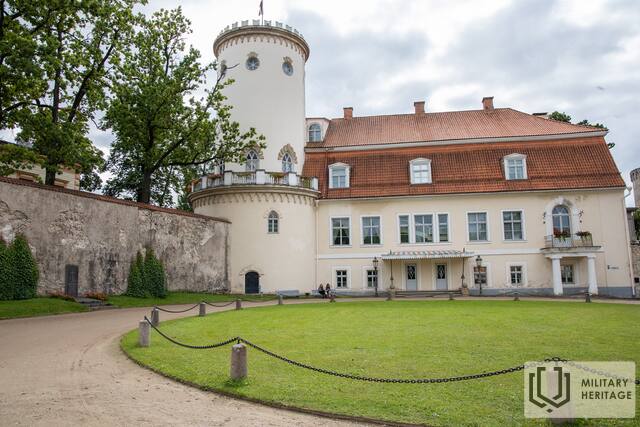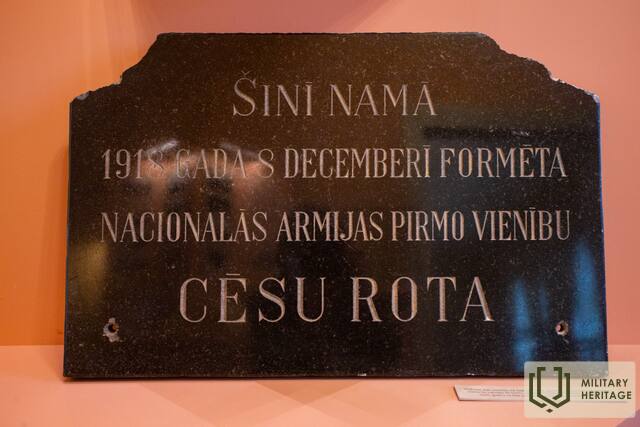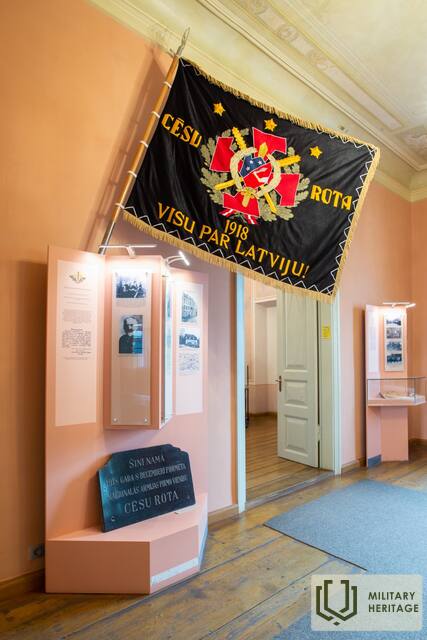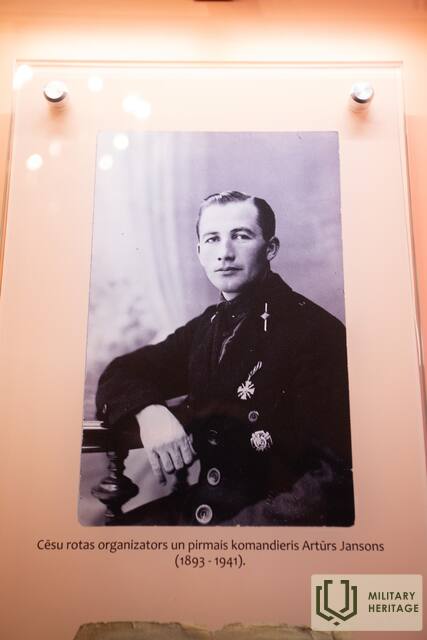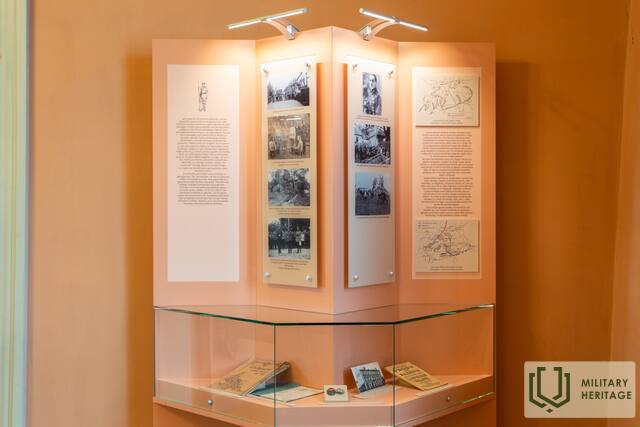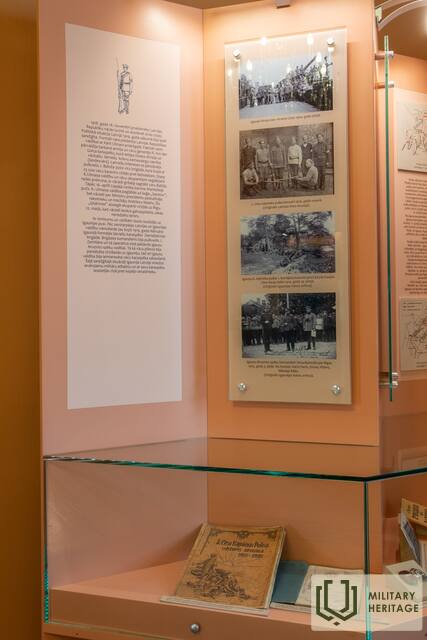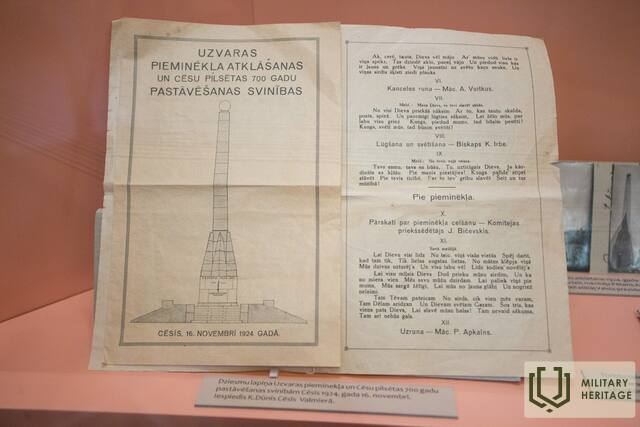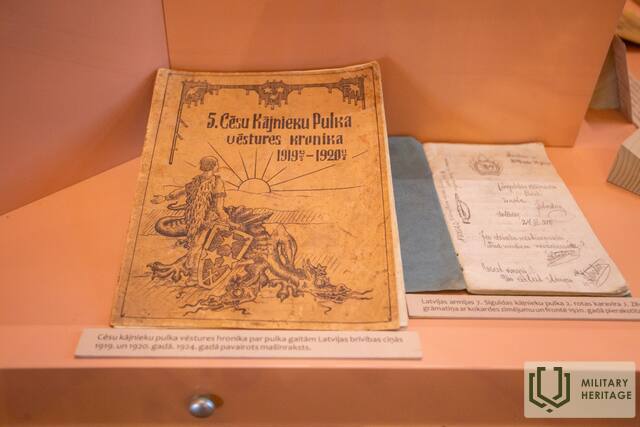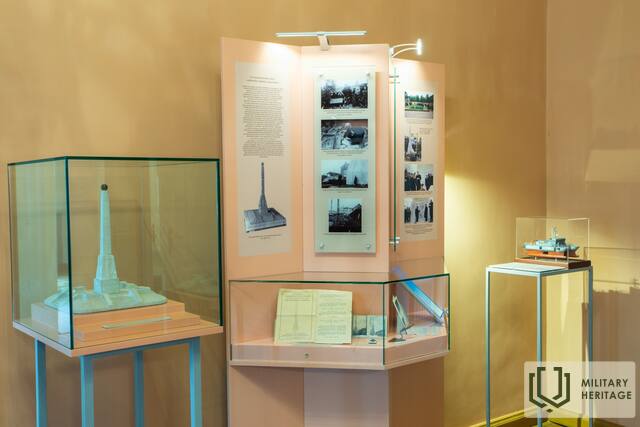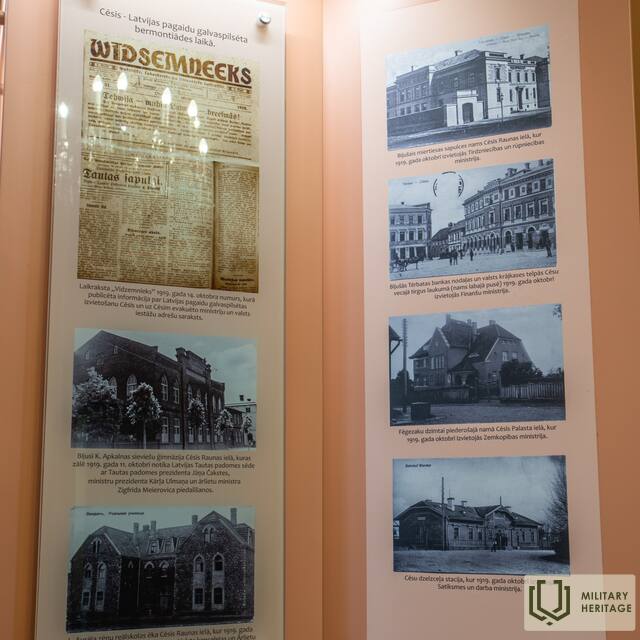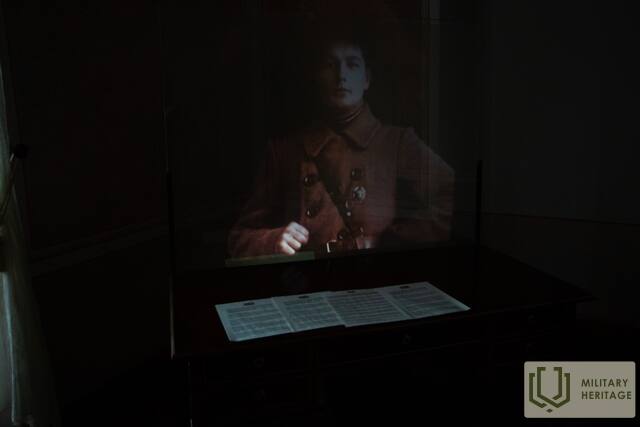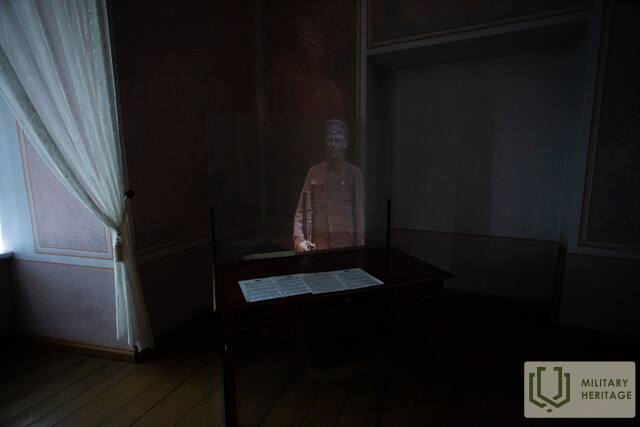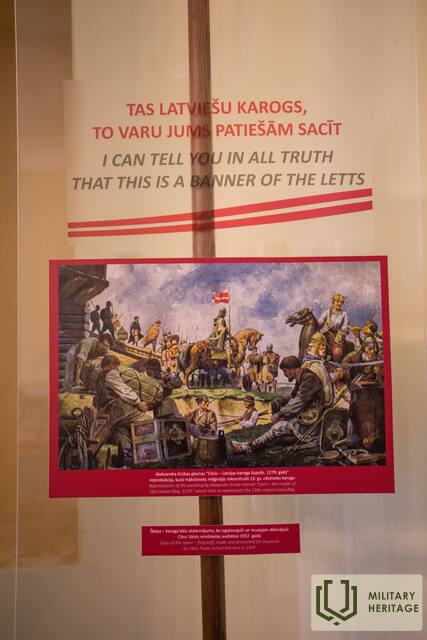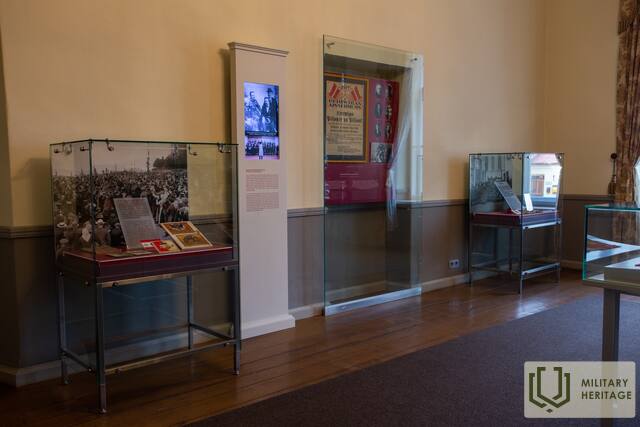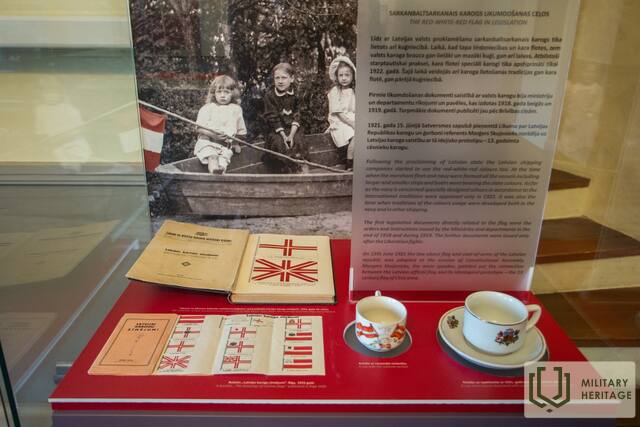Cēsis history and art museum in the New Castle of Cēsis
Museum
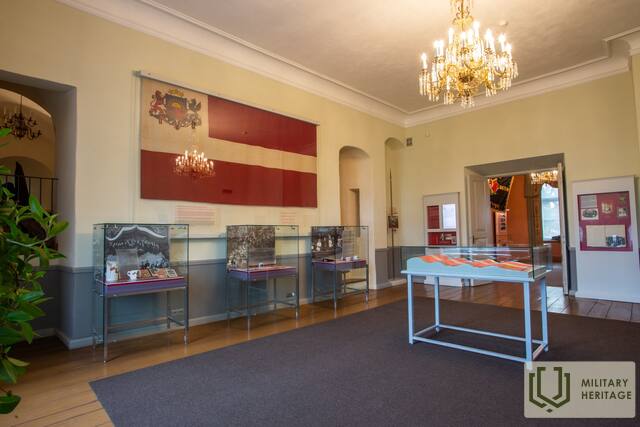

The Cēsis History and Art Museum is located in the very centre of the Old Town of Cēsis, in the New Castle. The museum holds a permanent exhibit of history and interiors named ‘Cēsis, a Symbol of Latvian History’, with two thematic sections: the exhibit ‘Red-White-Red Flag in the History of Cēsis and Latvia’ explains the history of the Latvian national flag from the 13th to 20th centuries, the approved national symbol, the flags of Latvian rifle battalions and the traditions of using national colours during the Latvian War of Independence. The exhibit ‘Cēsis and the Latvian War of Independence’ focuses on the founding of the Cēsis Company in December 1918, the joint battle efforts of Estonians and Latvians in the 1919 Battles of Cēsis, the time when, during the Bermondt Affair, Cēsis served as the temporary capital of Latvia for a short time, as well as the history of the Cēsis Victory Monument. In an escape room named ‘Legends of the Battles of Cēsis’, the participants have one hour to find their way out by solving puzzles, making connections and finding hidden objects. The Cēsis Company, one of the first units of the Latvian Armed Forces, was established on 8 December 1918 in Cēsis Castle by Senior Lieutenant Artūrs Jansons. The museum’s exhibit features a memorial plaque dedicated to the Cēsis Company, unveiled on 8 December 1933 at the Cēsis New Castle, which, at the time, served as the headquarters of the 8th Daugavpils Infantry Regiment and the garrison officers’ club.
Used sources and references:
https://cesupils.lv
Tālis Pumpuriņš, Cēsis History and Art Museum
Educational programs
Deficit and Blatt
The lesson is based on the traveling exhibition "Deficit and Blats". The students' task is to compare, summarize and explain the information to their peers using various sources. Work with key words: deficit, blat, perestroika, stagnation. Opportunity to participate in the "Valuables and Property Lottery" prize draw. Won scarce goods and help from the teacher. In order to consolidate knowledge and 100% believe that the deficit and blat really worked, the students have homework - interviewing their relatives who experienced this time and writing down their memories. The topic of the lesson is related to the topics of the subject "History of Latvia and the world". 9th class "Soviet occupation and its consequences" and 12th class. "Latvia in the USSR. The influence of the Soviet era on Latvian society, economy and culture". The author of the "Deficit and Blats" exhibition is Anda Opolska, senior expert of the Cēsi Zonal State Archive.
What do you know about Latvia?
The lesson consists of two parts. In the first one, the students familiarize themselves with the museum exposition: "The Red-White-Red Flag in the History of Cēsis and Latvia", "Cēsis and Latvia's Freedom Struggles." This is followed by a practical lesson on the etiquette of the national flag and a quiz with questions on various topics about Latvia. The topic of the lesson is related to the 6th-9th grade of the subject "History of Latvia". class topics.
Related timeline
Related topics
Related stories
Jānis Lapiņš and the first draft of the red, white and red flag of Latvia
The creation of the Latvian national flag took place during the First World War. In 1915, when creating the flags of the Latvian rifle battalions, individual artists proposed red, white and red colors for the flag designs. After the design of the educator and journalist Jānis Lapiņš, the red, white and red flag was made in the second half of 1916 by his student, a teacher at the Valmiera refugee shelter, Marianna Straumane. This is the first known and actually made Latvian national flag, which has also survived to this day.
March 1917 - an important month in the history of Valmiera and Latvia
In March 1917, more than a year before the proclamation of the state of Latvia, the Vidzeme Provisional Land Council was founded in Valmiera, which adopted a resolution on the autonomy and self-determination rights of Latvia. On the day of the founding of the Council, the red, white and red flag was raised for the first time at the meeting place.
The beginning, course and conclusion of the Battle of Cēsis
The victory in the Battle of Cēsis was destined to become a turning point in the Latvian and Estonian struggle for the independence of their country. This victory put an end to the plans of the Andrievs Niedra government and the German general Rüdiger von der Goltz to conquer the Baltics. Instead, the Latvian Provisional Government of Kārlis Ulmanis resumed its activities in Liepāja.
Cēsis New Castle – walls that created the security of the Latvian state and still protect identity documents
The Cēsis New Castle was built on the ruins of a military fortification – a medieval castle. However, this is not the only military significance of the building.




